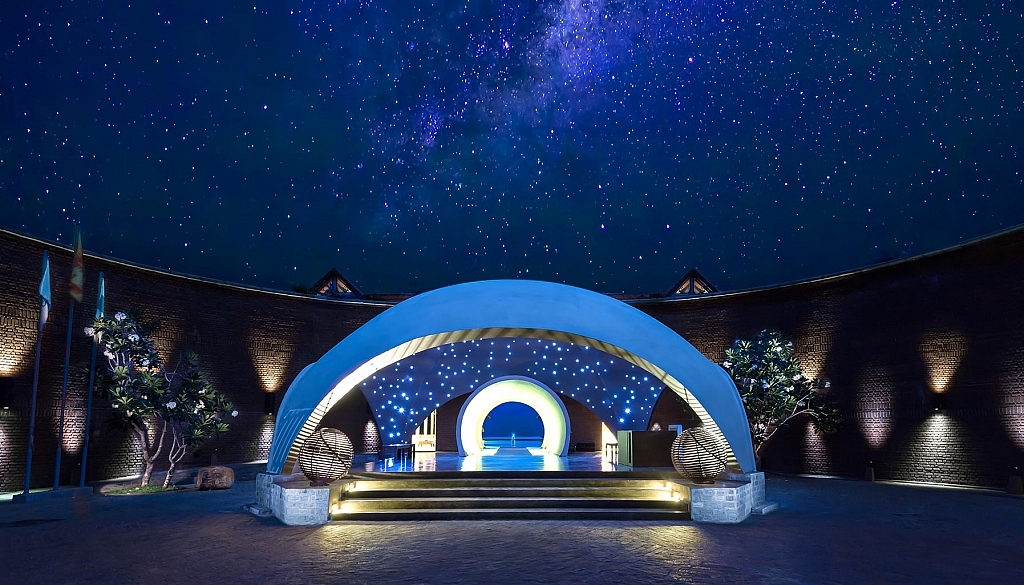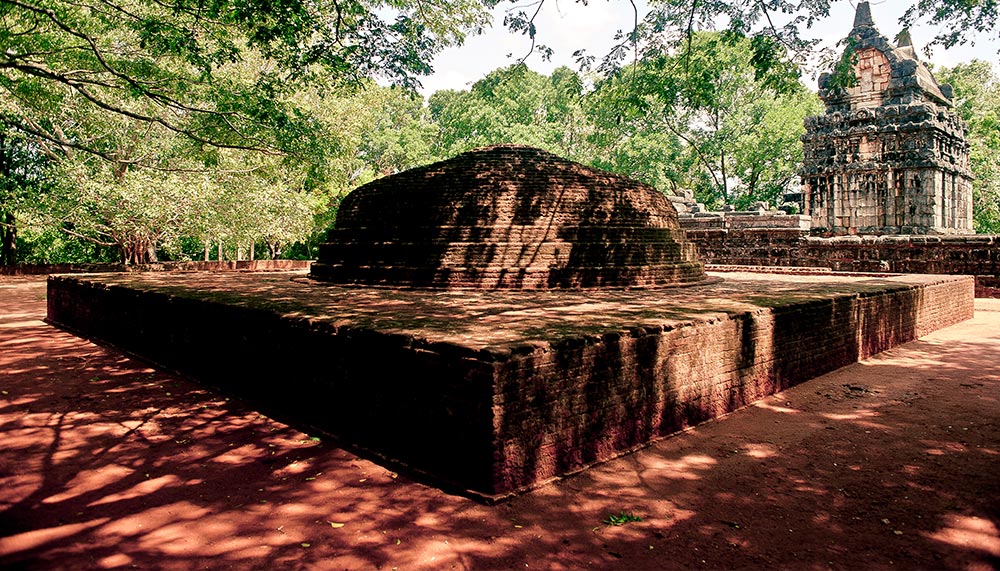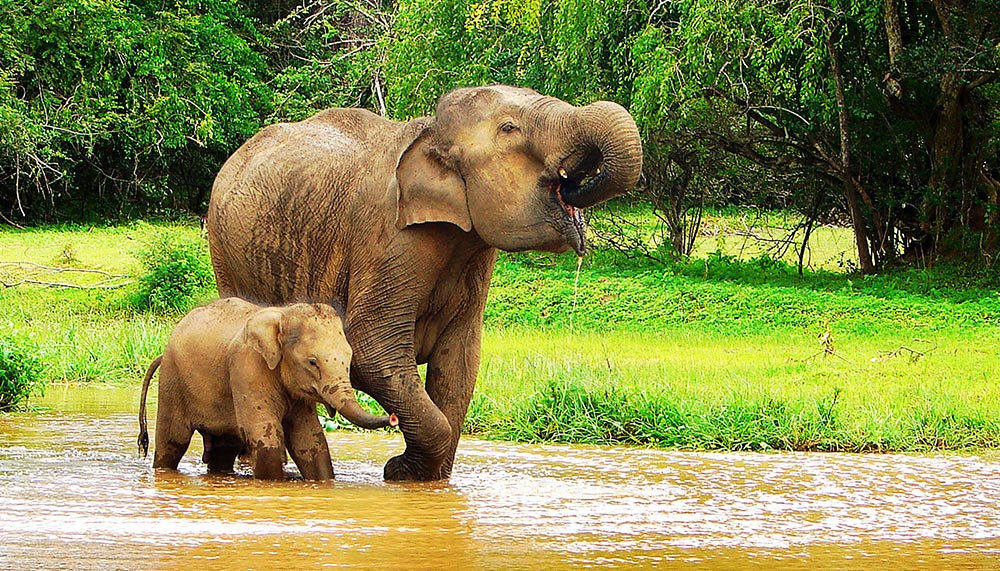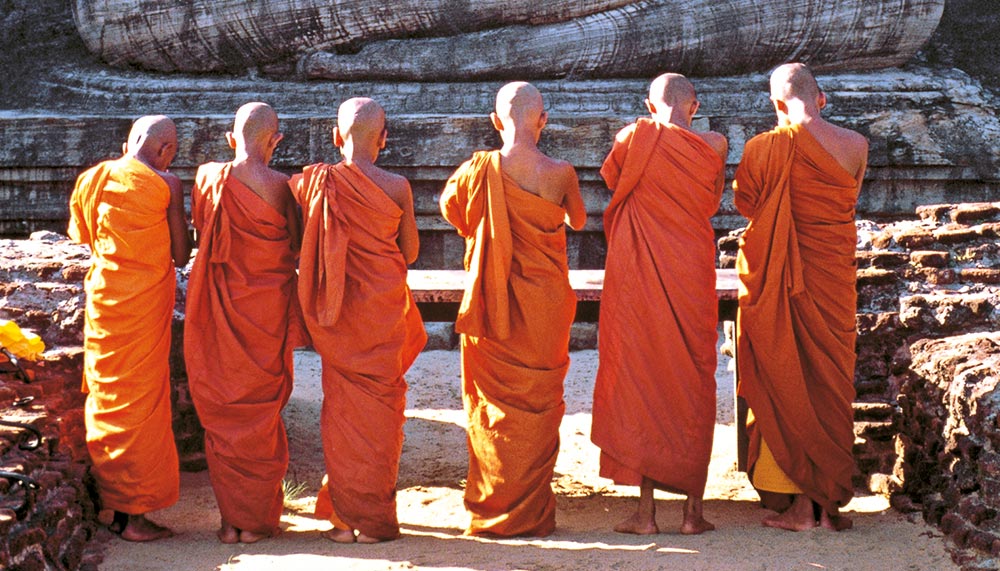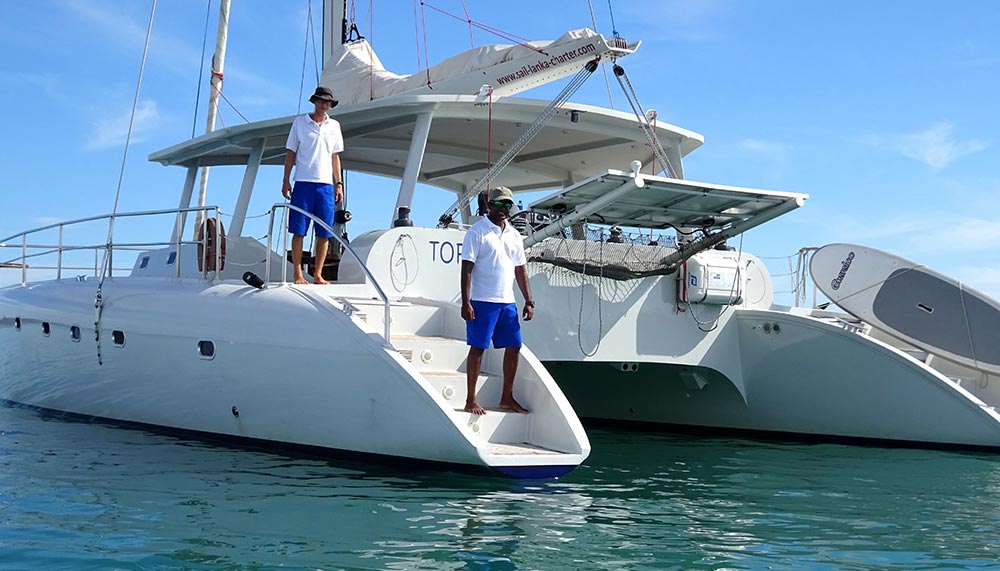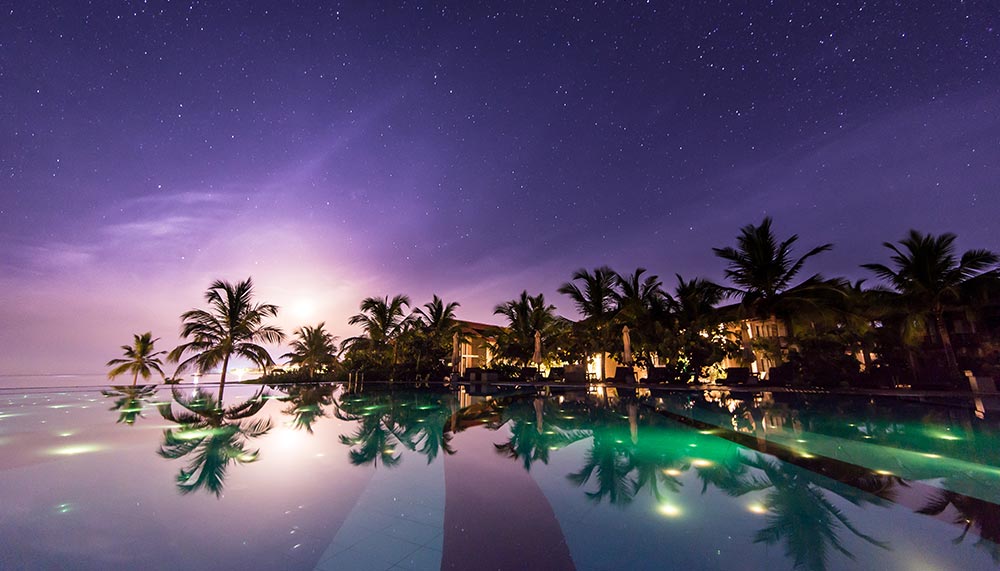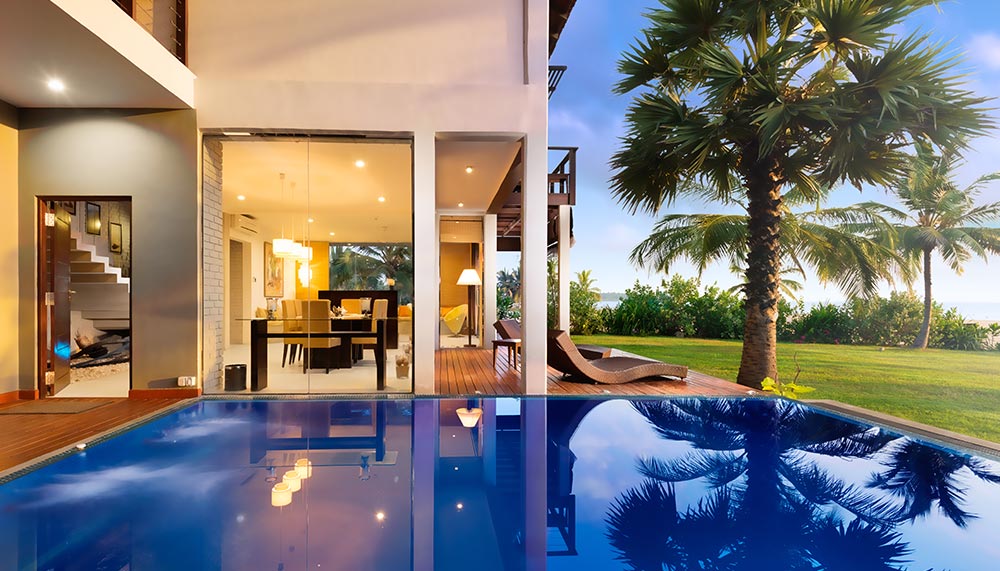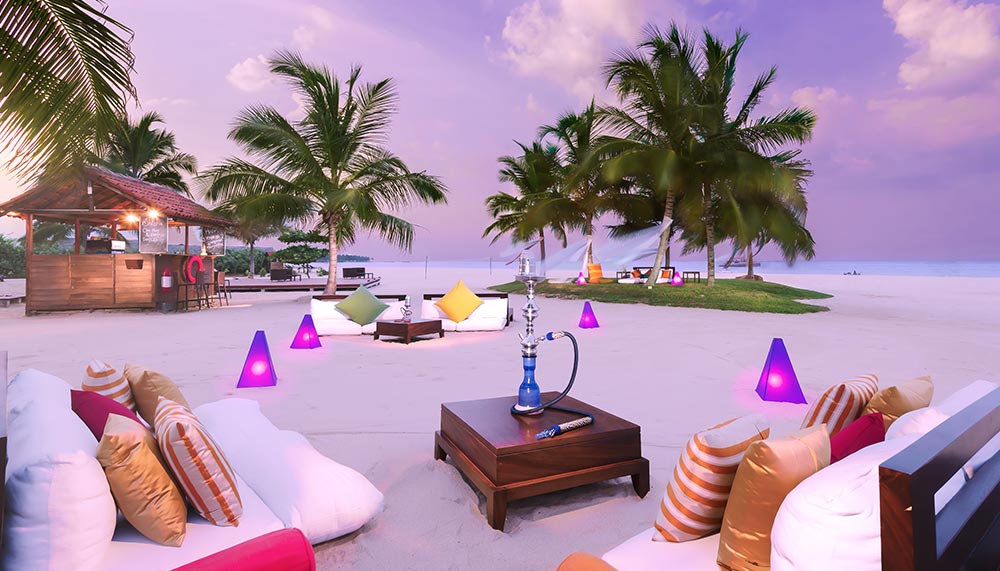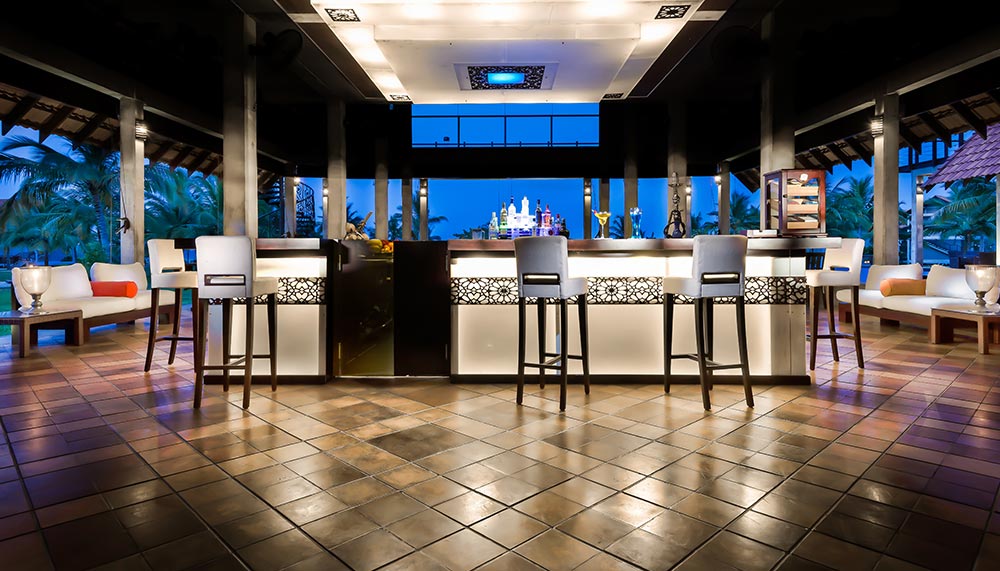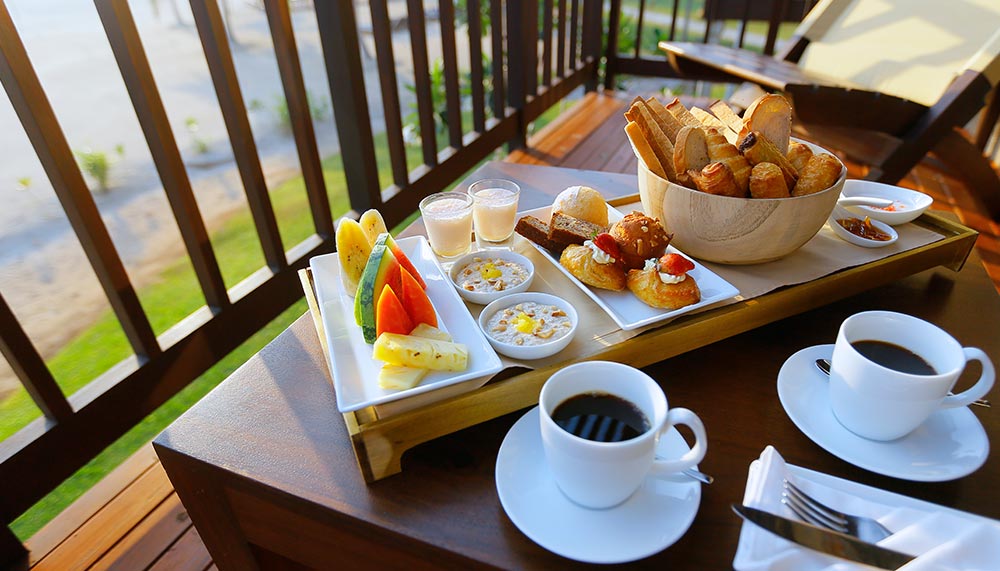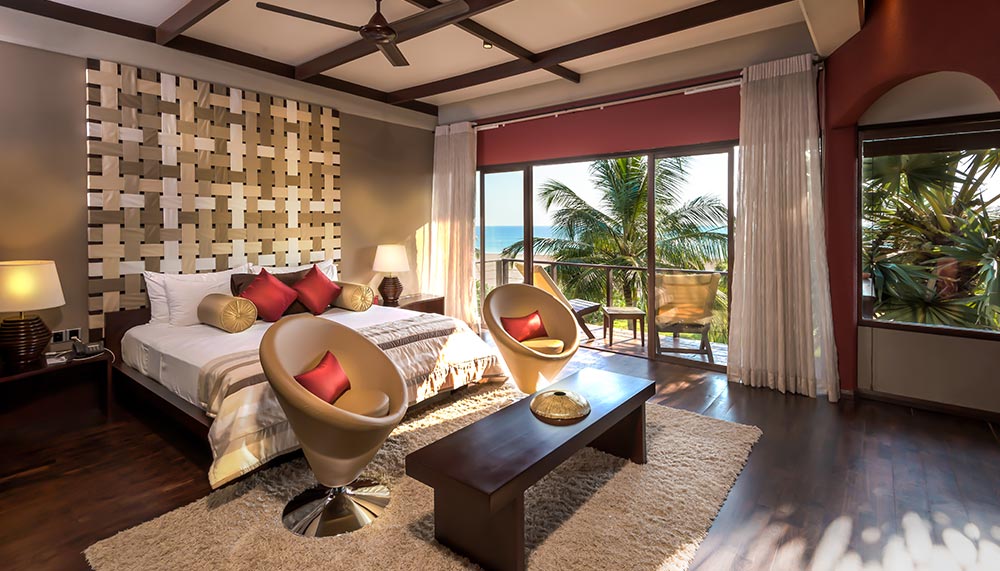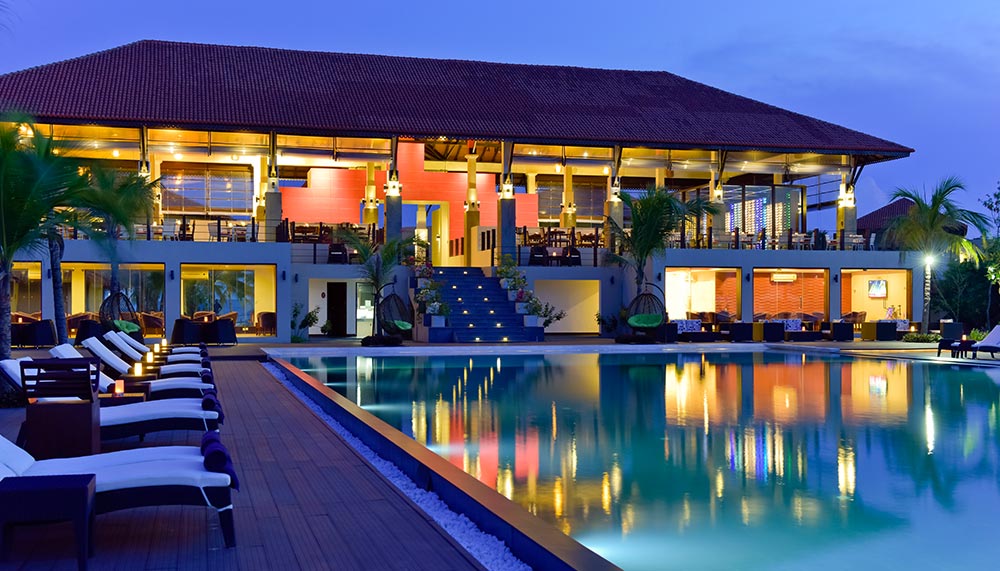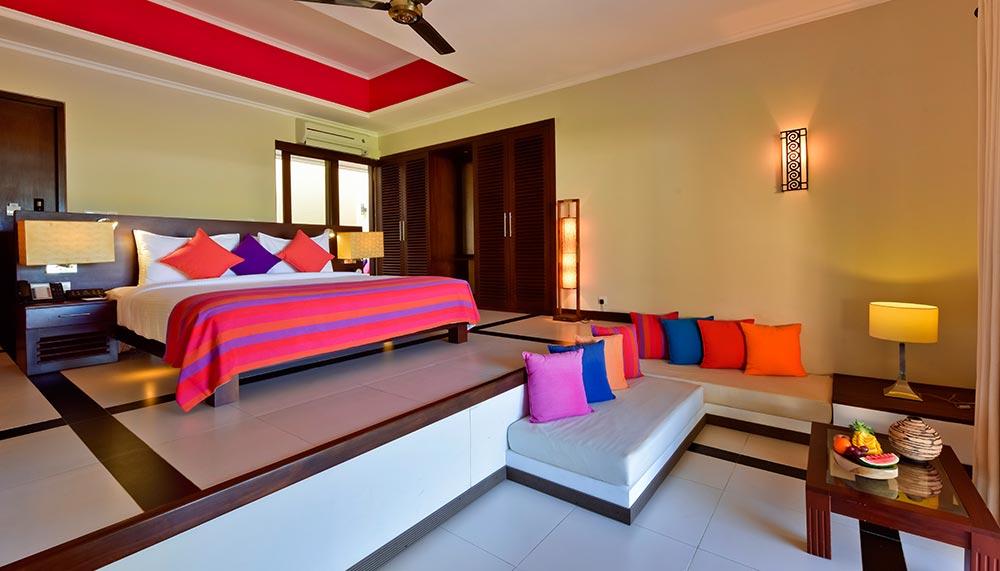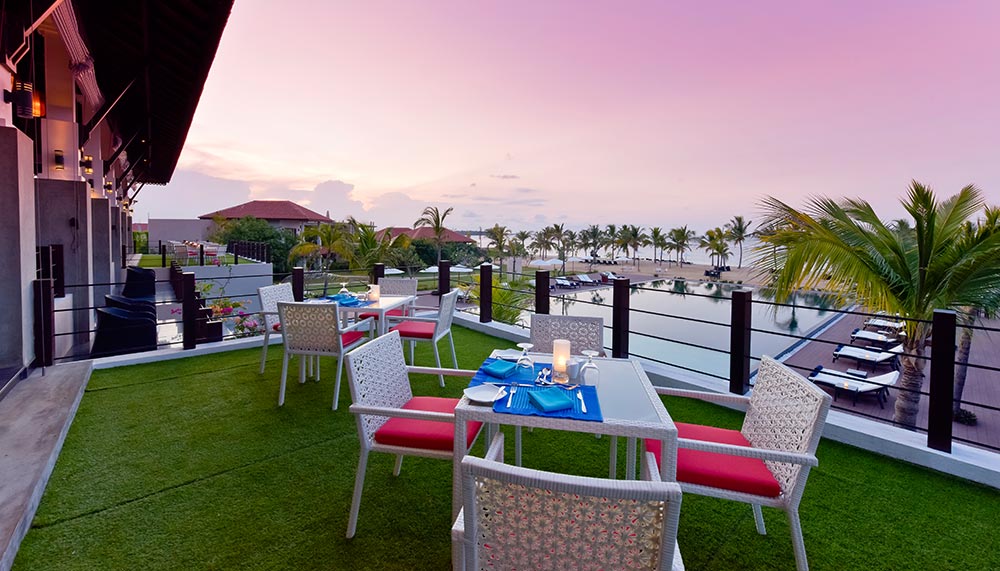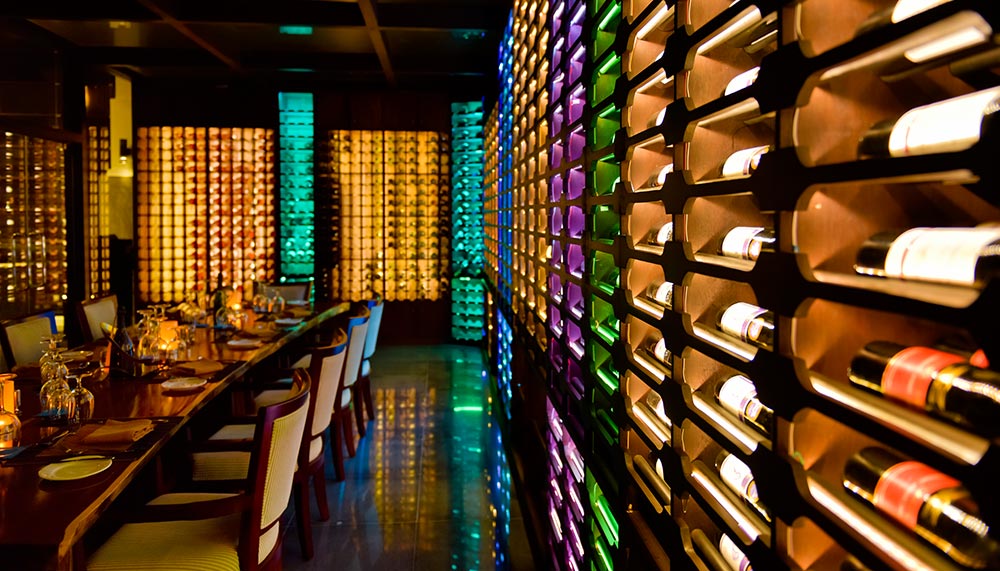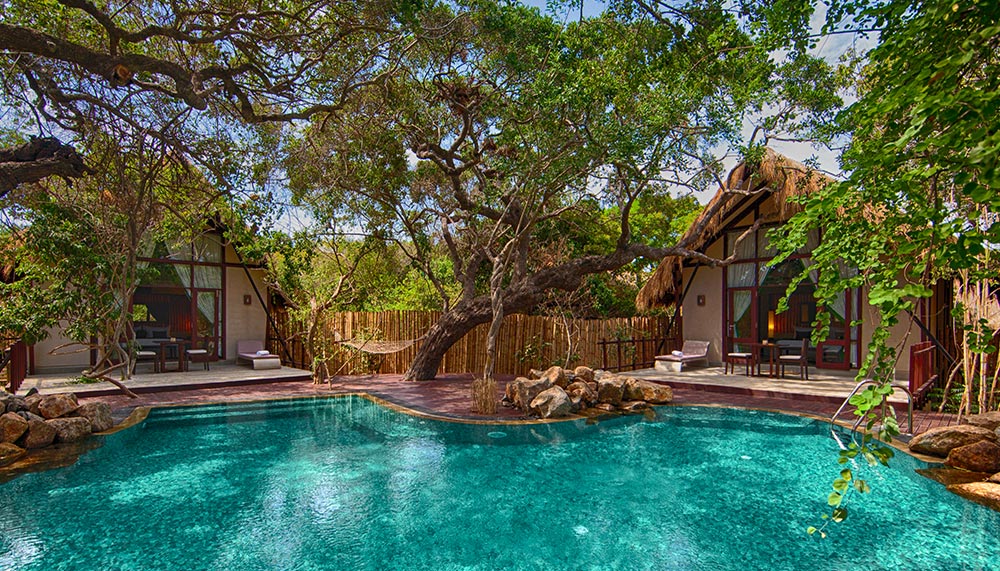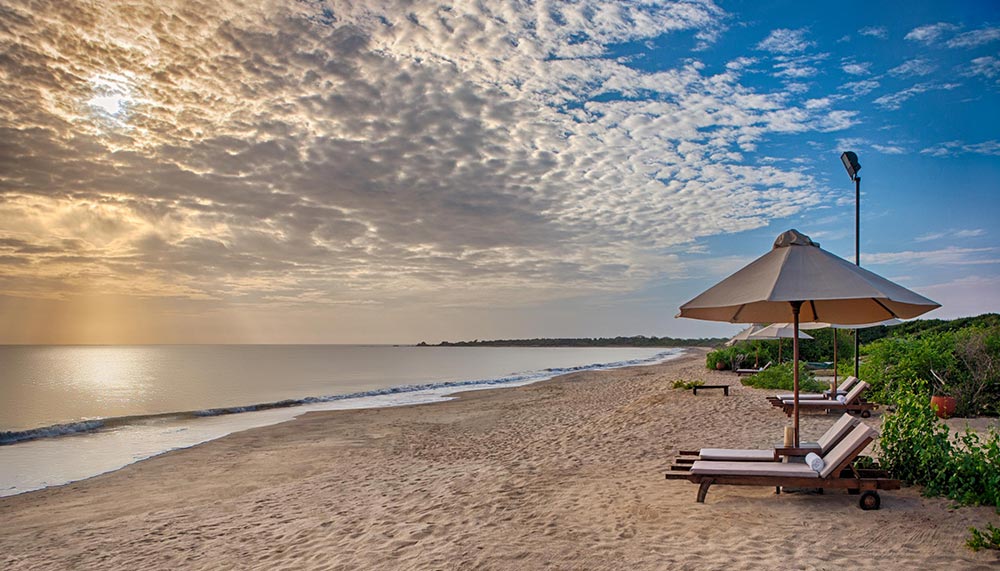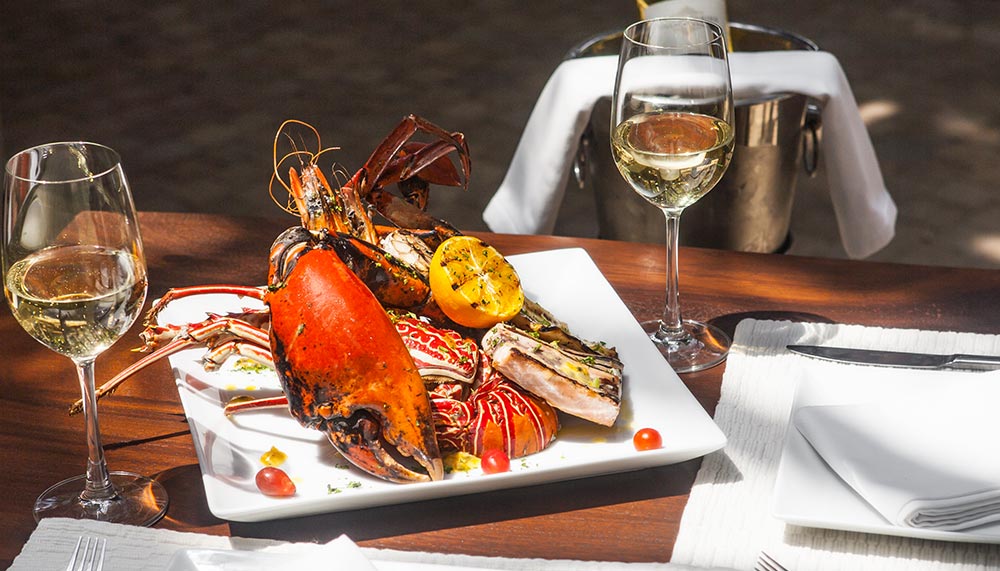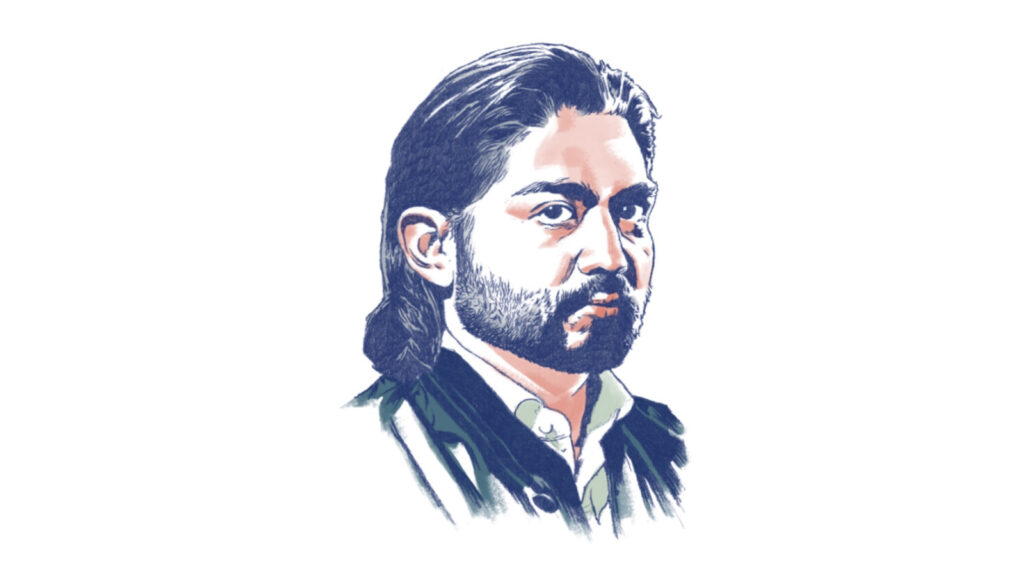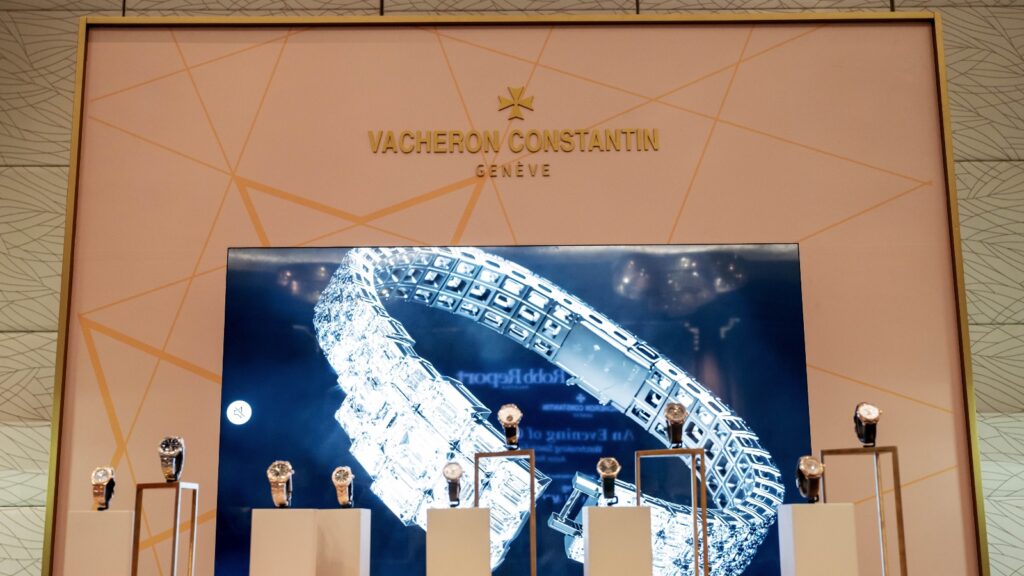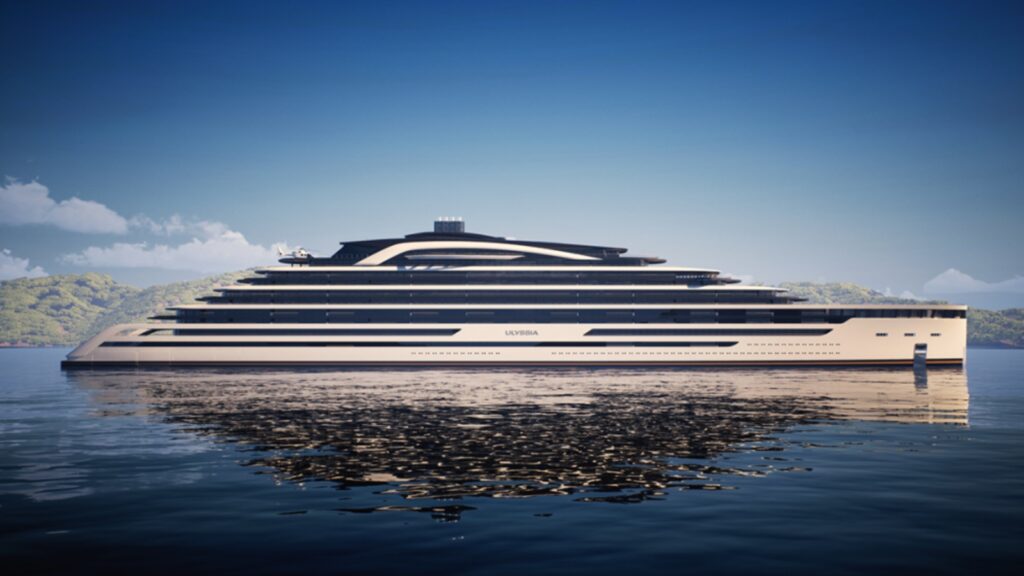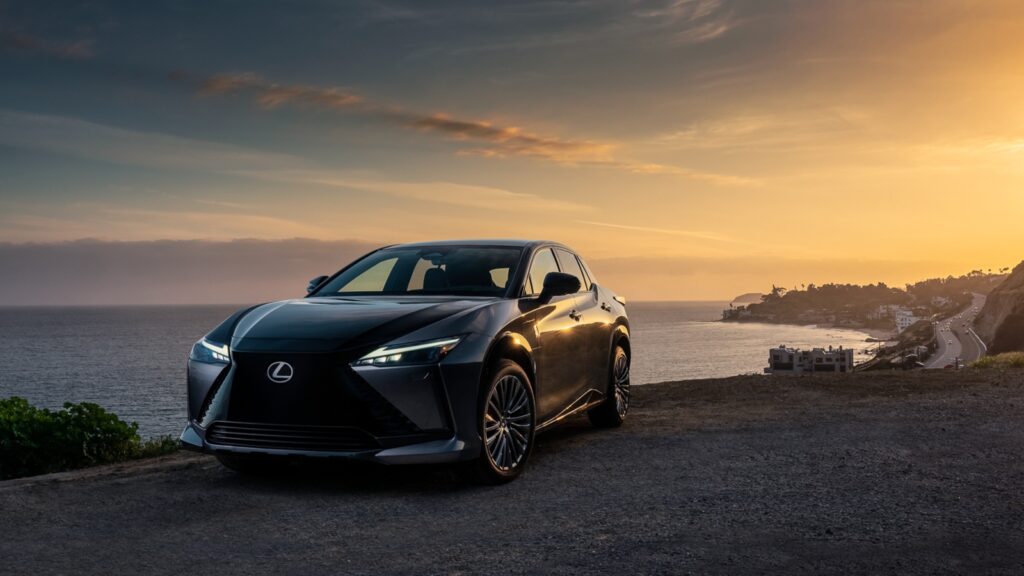Sri Lanka’s east coast is the country’s new frontier of luxury
As our seaplane glided over emerald hills, we could see villagers gathering on a riverbank in Batticaloa. Just a few years ago, civilian planes were a rare sight in the northern and north-eastern parts of Sri Lanka that were severely ravaged during a 26-year civil war that ended only in 2009. These days the locals are seeing more tourists who are whisked off to new luxury resorts in Pasikudah, a 40-minute drive away.
Pre-2010, Pasikudah was a war-damaged area with abandoned bullet-riddled bungalows. Then the tsunami came in 2004. An entire village in Pasikudah was said to be completely annihilated, given the lack of developed infrastructure for timely rescue work. The west, central and south recovered first and were also the first to open up to tourism, helped by the more affluent Sinhalese majority there. The east took longer. But the government’s efforts to rebuild the area are showing. Five fully operating resorts have opened in the last three years, a number which will grow to 13 in the next two years.
Previously, there were only small family-run hostels in bigger townslike Valaichenai which charge US$30 (RM115) a night for a basic room for the occasional backpacker or locals on a temple pilgrimage to see ancient Buddhist relics in nearby Thiriyaya or Dambullah. There is also a sprinkling of dive lodges in Batticaloa as the other main group of visitors who travel to the east coast are scuba divers.
The waters are full of wrecks, the most famous being the first purpose-built Second World War aircraft, the HMS Hermes which sunk off Batticaloa in a Japanese air raid in 1942.
To experience some of these pristine marine sights, I chose to stay at two highly rated resorts – Uga Bay and Sun Aqua Pasikudah. Uga Bay opened in late 2012 and commands a beachfront location on crescent-shaped Pasikudah Bay. Uga Bay is a balanced blend of tropical landscaping, Mediterranean architecture, Sri Lankan hospitality and a mouthwatering smorgasbord of local and international cuisine. If you are interested to learn how to cook crabs, you could help fishermen reel in the crab catch off the coast of Batticaloa, and learn to cook it back at the hotel.
Despite offering excursions to nearby sites like Minneriya National Park with its 88.9 sq.km of reserves full of wild elephants, sambar deer and crocodiles, and Polonnaruwa, home to Buddhist temples, stupas and ancient monasteries, many of the guests I met chose to luxuriate in the resort. After all, an array of relaxing activities beckoned, such as jet skiing, sea kayaking, or pampering at the underground spa where two Balinese therapists administer treatments while you gaze out of a one-way window with direct views of the beach. I opted for a snorkel trip arranged by Uga Bay on Topaz, a catamaran owned by Sail Lanka Charter, to Elephant Rock, where there is an extensive coral reef. Unfortunately, I was on the east coast in September – when the monsoon season was about to start and visibility in the water was poor and surface currents were choppy, so there wasn’t much to see.
I had more luck in deeper waters when I scuba dived in Batticaloa and earlier in Pasikudah where I dived a Second World War wreck, the British Sergeant. There I saw many types of fish such as mangrove and bigeye snappers, and a shy lobster too. Sun Aqua Pasikudah, where I was staying then, had arranged for me to dive with LSR Dive Centre in a resort next door, as its much anticipated five-star PADI Centre would probably be ready only later this year. Sun Aqua offers a comprehensive menu of excursions even to sites that will take up to a few hours one way. I opted to go to Maha Oya hotspring wells, a collection of six wells with waters of different temperatures, and Madura Oya National Park spread over 58,849 hectares of wildlife just under two hours away by car.
Wanting to learn more of the history of the east coast but not travel for hours if I were to make Pasikudah my base, I moved further upwards to Trincomalee to find even more natural attractions. Nearby is the famous Pigeon Island, a rocky islet that is a breeding ground for blue rock pigeons. Surrounding it are coral reefs with blacktip reef sharks, and hawksbill and green turtles, making it a popular spot for snorkelling and diving. From May to October, one might even be lucky enough to spot migratory dolphins, blue whales, sperm whales and even the odd humpback whale.
Sitting atop one of the world’s deepest natural harbours, Trincomalee’s geographical position has always been leveraged on by past colonial masters like the Dutch and Portuguese, and is now used by the Sri Lankan navy as a base. Therefore, some interesting sights, such as a dry dock wreck, fall under the auspices of the navy which means you’d need to apply for permission to visit. Fortunately, the navy does not oversee the submerged ruins of the Koneswaram temple. Discovered by novelist Arthur C Clarke in 1956, the ruins lie beneath the famous Swami Rock on the eastern promontory of Trincomalee. It was believed that the Portuguese had taken parts of the temple to build their fort in the 17th century and threw the remaining parts into the sea. The temple that stands on Swami Rock now was built in 1963.
After a day out at sea, I spent my second day at Jungle Beach, currently the only luxury resort in the area. Although it offered every modern creature comfort, I felt completely connected to my natural surroundings as I relaxed in the hammock by the freeform pool right at the doorstep of my cabin.
I managed to tear myself away from the resort on my third day to see the Koneswaram temple above water. Jungle Beach dispatched a learned guide to take me on a historical and cultural tour.
Robert Gray is a Burgher who grew up on the west coast but had been involved in relief and rescue work on the east coast since the tsunami. Between excursions to Fort Federick where sambar deer run wild, a short tour of the town, and a walk around Periyakarachchi Lagoon where birds of many species flutter around and roost, Gray told me stories of local legends and more modern ones of rebuilding efforts, giving me a deeper insight and appreciation of local culture and history.
On my last day in Trincomalee, I asked Gray to take me for a biryani lunch at a local Muslim-owned coffeeshop. Children were streaming out of schools into the streets, many unaccompanied by an adult and chattering happily. In a 26-year war that claimed the lives of an estimated 100,000, there are no victors but at least the sight of carefree children heralds hope for the future.
